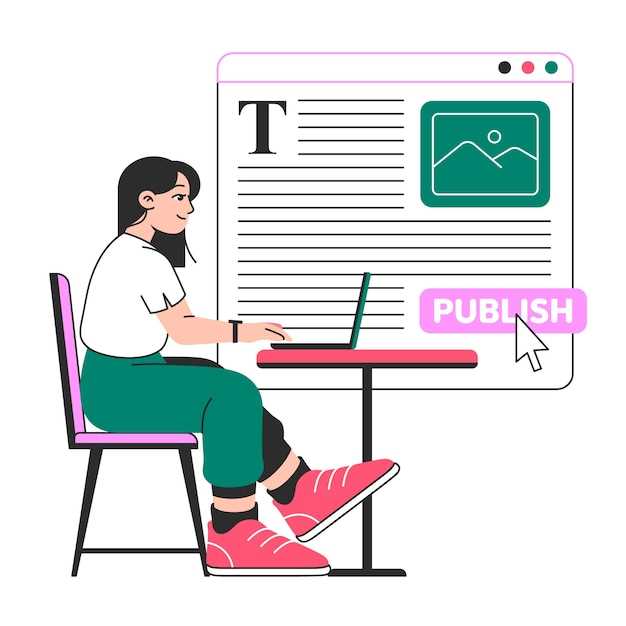
Begin by analyzing the core criteria of your evaluative essay topic. Break it into clear sections: introduction, body, and conclusion. This structure ensures your arguments flow logically and your reader stays engaged throughout.
Use specific examples to support your evaluation. For instance, if assessing a book, mention key themes, character development, and writing style. These details make your essay credible and persuasive.
Polish your draft by eliminating vague language. Replace phrases like “good” or “bad” with precise terms such as “well-researched” or “lacks coherence.” These small changes significantly improve the clarity of your work.
Edit for grammar and consistency. Even the strongest arguments lose impact with errors. Tools like Grammarly or a trusted peer review can catch mistakes you might overlook.
Finally, practice regularly. The more you write, the more confident you’ll become in crafting compelling evaluative essays.
How to Choose a Strong Topic for Your Evaluative Essay
Pick a topic that sparks your interest and aligns with your expertise. A subject you’re passionate about keeps you engaged and helps you write with clarity and depth. For example, if you enjoy technology, evaluate the latest smartphone features or the impact of AI on daily life.
Focus on topics with clear criteria for evaluation. A strong topic allows you to assess specific aspects, such as performance, usability, or cost. For instance, instead of broadly evaluating a movie, analyze its cinematography, script, or character development.
Ensure your topic is relevant and timely. Choose subjects that resonate with current trends or ongoing discussions. Evaluating a recent policy change, a popular app, or a trending social issue can make your essay more compelling and relatable.
Narrow your topic to avoid overwhelming scope. A focused subject lets you provide detailed analysis without straying into vague generalizations. For example, instead of evaluating the entire education system, assess the effectiveness of online learning platforms.
| Weak Topic | Strong Topic |
|---|---|
| Evaluating social media | Evaluating the impact of Instagram on mental health |
| Assessing fitness apps | Assessing the usability of MyFitnessPal for beginners |
| Reviewing fast food | Reviewing the nutritional value of McDonald’s new menu items |
Test your topic by asking specific questions. Can you identify clear criteria for evaluation? Is there enough evidence or data to support your analysis? If the answer is yes, you’ve found a strong topic for your evaluative essay.
Crafting a Clear Thesis Statement for Evaluation

Focus on a specific criterion to evaluate your subject. For example, if analyzing a film, decide whether you’ll assess its plot, acting, or cinematography. This narrow focus ensures your thesis is precise and actionable.
- State your judgment clearly. Use phrases like “is effective because” or “fails to deliver due to” to make your stance obvious.
- Include the reasons supporting your judgment. A strong thesis might read: “The film succeeds in creating suspense through its use of lighting and sound design.”
- Keep it concise. Aim for one or two sentences that capture your main argument without unnecessary details.
Use active verbs to strengthen your statement. Instead of “The book was considered engaging,” write “The book engages readers with its dynamic characters.” This approach makes your thesis more direct and compelling.
- Identify the subject you’re evaluating.
- Choose the criteria for your evaluation.
- Formulate a clear judgment based on those criteria.
Revise your thesis to ensure it’s specific and debatable. Avoid vague statements like “The product is good.” Instead, say “The product excels in durability and ease of use, making it a reliable choice.” This clarity helps guide your essay and keeps your argument focused.
Structuring Your Essay: Key Components and Flow
Begin with a clear thesis statement that defines your main argument. Place it at the end of the introduction to guide the reader through your essay.
Organize body paragraphs around one main idea each. Start with a topic sentence, provide evidence, and explain how it supports your thesis. Use transitions like “for example,” “in addition,” or “however” to connect ideas smoothly.
Include counterarguments to strengthen your position. Address opposing views directly and explain why your perspective holds more weight. This adds depth and credibility to your analysis.
Conclude by summarizing key points and restating the thesis in a new way. End with a thought-provoking statement or a call to action, leaving a lasting impression on the reader.
Keep sentences concise and avoid unnecessary details. Aim for a logical progression of ideas, ensuring each paragraph builds on the previous one for a cohesive narrative.
Using Evidence to Support Your Evaluative Claims
Choose evidence that directly aligns with your evaluation criteria. For example, if you’re assessing a product’s durability, include data from stress tests or customer reviews highlighting long-term use. Avoid vague statements; instead, cite specific statistics, studies, or expert opinions to strengthen your argument.
Integrate evidence seamlessly into your analysis. After presenting a claim, follow it with a clear example or quote that supports your point. For instance, if you argue that a service improves productivity, reference a case study showing measurable results. This approach keeps your essay focused and persuasive.
Compare multiple sources to provide a balanced perspective. If you’re evaluating a book, include both positive and critical reviews to show a well-rounded understanding. This not only adds depth to your essay but also demonstrates your ability to analyze different viewpoints.
Always verify the credibility of your sources. Use peer-reviewed articles, reputable publications, or firsthand accounts to ensure your evidence is reliable. Avoid relying on unverified blogs or biased platforms that could weaken your argument.
Organize your evidence logically. Group similar points together and present them in a way that builds your argument step by step. For example, start with foundational data, then move to more detailed examples, and conclude with a strong piece of evidence that reinforces your overall evaluation.
Polishing Your Essay: Editing and Proofreading Tips

Read your essay aloud to catch awkward phrasing or unclear sentences. Hearing the words helps identify areas where the flow feels unnatural or ideas need clarification.
Focus on one aspect at a time. First, check for grammar and punctuation errors. Then, review sentence structure and clarity. Finally, ensure your argument is cohesive and well-supported.
Use tools like Grammarly or Hemingway to spot common mistakes, but don’t rely on them entirely. Manual proofreading ensures you catch subtle errors automated tools might miss.
Take breaks between editing sessions. A fresh perspective helps you notice mistakes you might overlook when working for long stretches.
Print your essay if possible. Reading a physical copy often reveals errors that are harder to spot on a screen.
Ask a peer or mentor to review your work. A second pair of eyes can offer valuable feedback and catch issues you might not notice.
Trim unnecessary words or repetitive phrases. Concise writing strengthens your argument and improves readability.
Double-check your citations and references to ensure they follow the required format. Inaccurate citations can undermine your credibility.
End by reviewing your essay’s structure. Ensure each paragraph transitions smoothly and contributes to your overall argument.